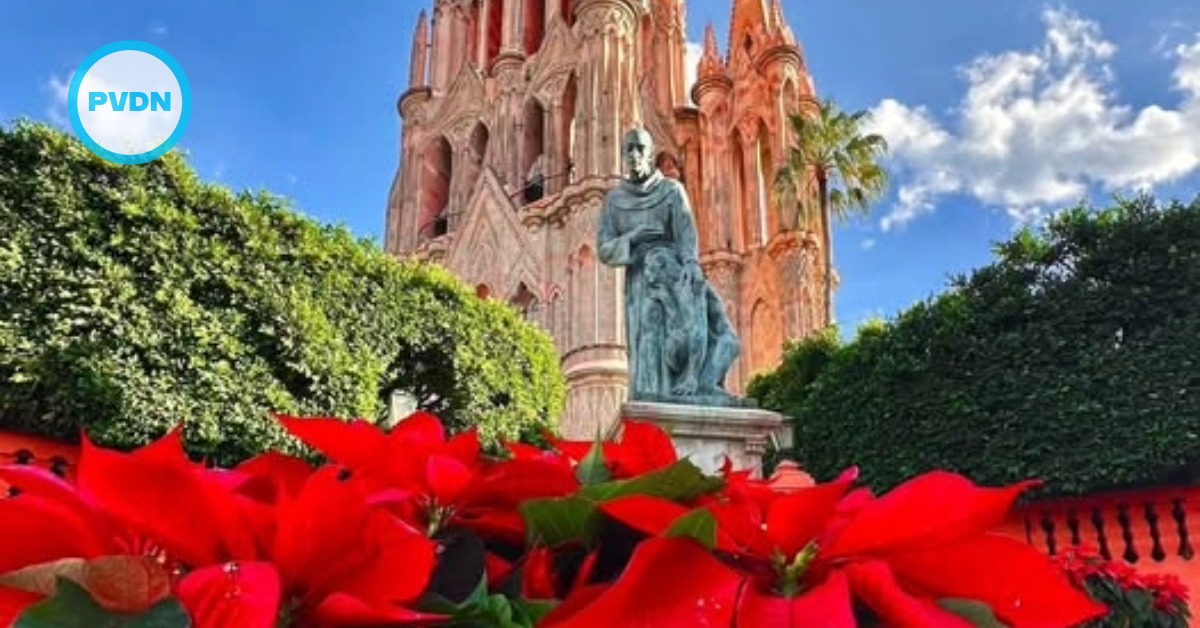At a conference on June 14, Facebook executive Nicola Mendelsohn predicted that the social networking site would be “all video” within five years.
“We’re seeing a year-on-year decline of text,” she said. “If I was having a bet, I’d say: video, video, video.”
Meanwhile, a recent article in The New York Times chronicled the lives of a group of young socialites . . .






